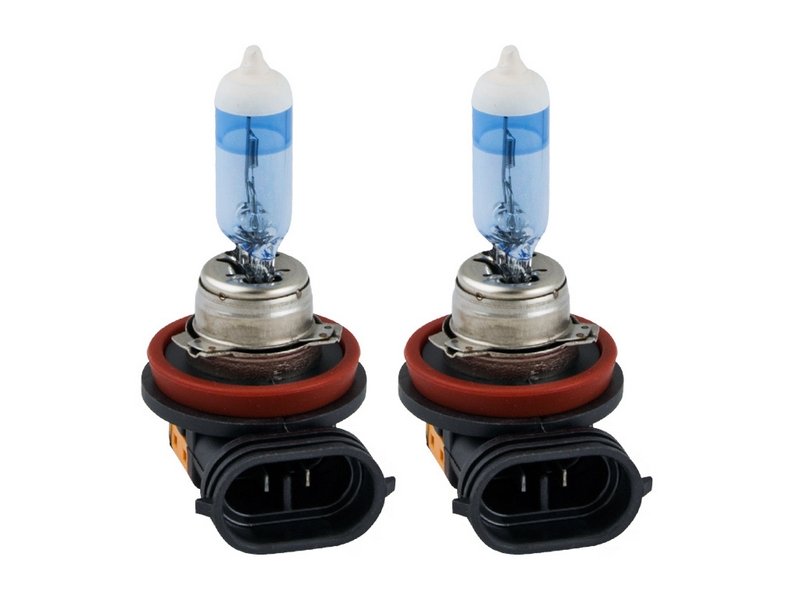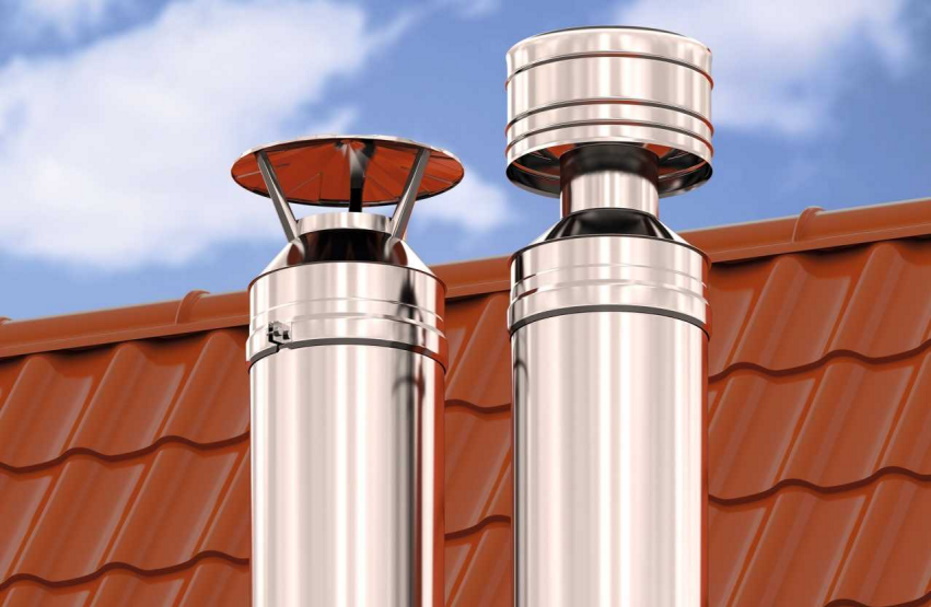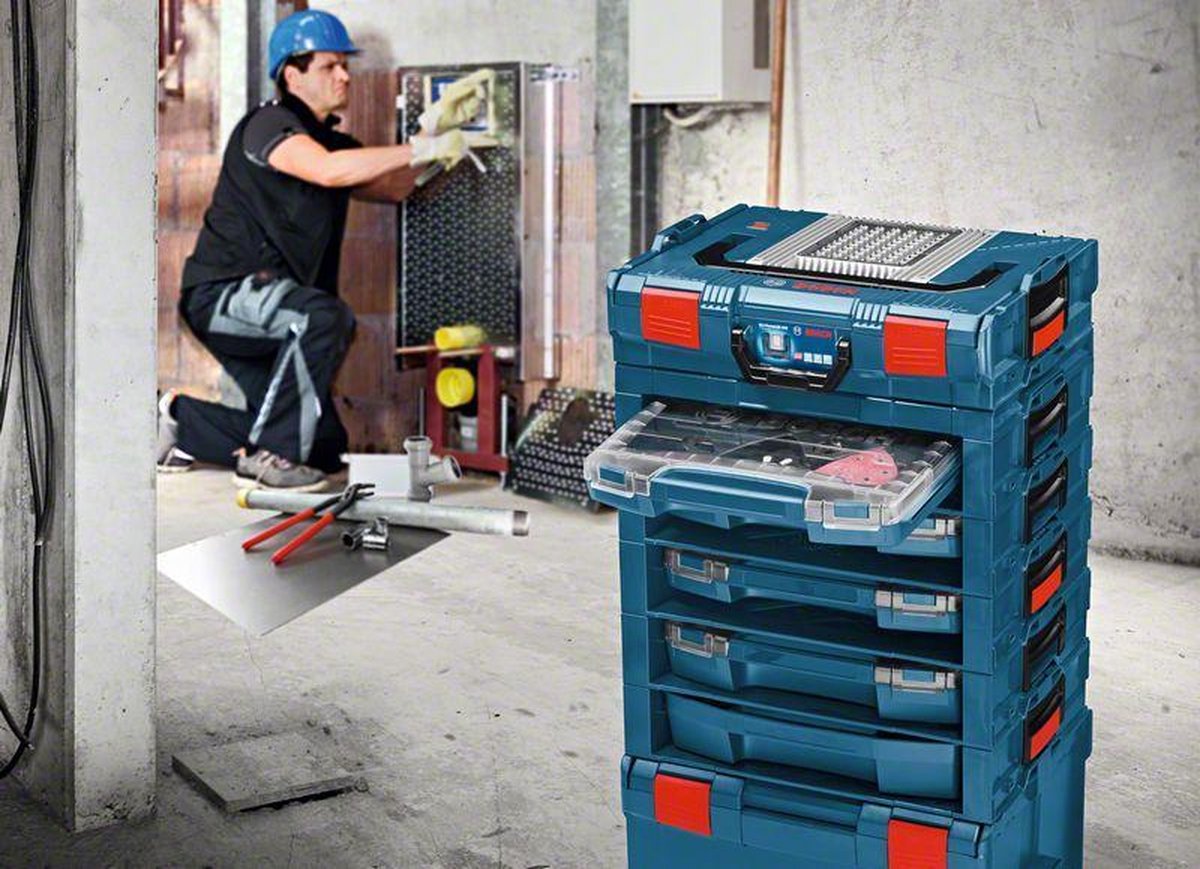Rating of the best stone mosaic for 2022

The desire to decorate a dwelling has been characteristic of man since ancient times, and at present it has not lost its relevance at all. Among all the options for outdoor and indoor decor, stone mosaic is in steady demand, which is not too influenced by the latest fashion trends, since it is not only beautiful, but literally for centuries.
Content

History of occurrence
Already in Paleolithic times, people used chipped stones not only as tools and weapons, but also to decorate their simple shelters. Floors with the simplest geometric patterns made of black and white pebbles, which were found by archaeologists during excavations in the Spanish city of Denia, date back to the 8th-2nd centuries. BC. They are surprisingly durable and well preserved to this day.
With the development of mankind, the ability to create real works of art from individual pebbles also developed. The heyday of stone mosaics survived during the time of Ancient Rome. It was then that the stones began to be split into pieces of similar size and shape and assembled from them amazingly beautiful panels. Since those times, the main laying methods and typesetting techniques that were used in classical Roman mosaics have survived to this day.
Later, this type of decor was temporarily pushed into the shadows by a novelty that originated in Byzantium - the manufacture of panels from smalt. But already in the XII century, the mosaic experienced a second birth, and again it happened in Italy. In this technique, they began to massively decorate luxurious floors in Roman basilicas. Not far behind the capital and another Italian city - Florence. Craftsmen from this city conveyed floral ornaments with pinpoint accuracy, depicted magnificent birds and bizarre animals with the help of precisely selected stones. A mosaic from Venice, the Venetian terrazzo, has also gained wide popularity.
The fashion for this type of decor came to Russia in the 18th century.Masterpieces of Russian masters of that time can be seen in the Hermitage and other museums. Huge bowls, vases and other interior items look like carved from a single solid piece of stone, but in fact they are created from separate plates, filigree selected according to the pattern.
Nowadays, thanks to advanced industrial technologies, the possibilities of making stone mosaics have expanded. Special machines allow cutting previously unused rocks such as granite, onyx, slate, travertine. Laser and waterjet cutting allow you to get thin parts of various shapes. The achievements of chemists have also found their application in creating this decor: with the help of reagents, you can give the surface of the stone a different texture, from perfect smoothness to the effect of aging.
The use of stone mosaics in the best way will emphasize not only the status of the owner, but also his taste. Therefore, despite the fact that such decor does not have an affordable price, it continues to be in demand on the market.
Varieties
Stone mosaics have many analogues, visually similar, but made of ceramics, smalt or glass. They, like stone, are practical and durable and have a similar laying technology.
If the choice is made on a stone, it is advisable to study its appearance, since the complexity of the subsequent processing of the material depends on the specific characteristics. Popular rocks for making mosaics are granite, slate, travertine, tuff, basalt, pebbles. There are also more expensive options for which jasper, malachite, marble, onyx are used.
It is easiest to divide all varieties of stones suitable for mosaics by their value.
- Precious and semi-precious stones.The most expensive category, most often used for jewelry boxes, furniture and other relatively small items. The list of these stones is very long. The most popular gems include emerald, ruby, sapphire, and alexandrite. Semi-precious - amethyst, aquamarine, rock crystal, garnet, etc.
- Facing stones. They have an attractive appearance and an average price. These include basalt, marble, granite, labradorite.
- Ornamental stones. A very broad category that includes materials with a variety of characteristics and colors from white to black: agate, jasper, serpentine, lapis lazuli, etc.
- Wild stones. This is the most accessible category, which includes pebbles, tuff and sandstone.
- artificial stones. Affordable analogue of natural stone, made on the basis of concrete, polyester or acrylic resin. The most common variety is porcelain stoneware. It is distinguished by a combination of external attractiveness and a lower price than the natural counterpart.
Due to the resistance of the material to the effects of temperature extremes, sunlight and other natural phenomena, stone mosaics can be used both indoors and outdoors. It is perfect for creating paths, as well as for facing a fountain or pool.
You can lay out the mosaic randomly, picking up pieces according to size and shape, or make a complete picture, taking a ready-made set as a basis. You can develop a drawing yourself, subsequently transferring it to a specialized workshop for precise cutting of the material of the desired shape and colors. This option will be more expensive than the finished set, but it will allow you to create a unique, inimitable interior.
The surface of individual elements can be different: smooth or uneven, shiny or matte. A skillful combination of different textures can make the decor even more expressive and interesting. You can completely rely on your imagination, or take one of the existing styles as a basis: Florentine, Russian, classical Roman, etc. The use of close shades of the same color looks elegant, but if there is a taste, a multi-colored panel will not hurt the eye, and a monochromatic one will not be boring due to the interesting shape and different texture of the material.

Laying technology
This moment is extremely important. Despite the strength of the starting material, choosing the wrong laying compound will cause individual parts to begin to fall out. Without the use of special glue, one cannot count on the quality and durability of labor.
Laying technology largely depends on the method of attachment. There are four main types:
- fixing individual pieces without a base;
- the elements are attached to the paper base;
- mosaic details are held on a plastic mesh;
- fragments are located on a rubber basis.
The mosaic also differs in the shape of the elements. In its classic form, it is a base 30 x 30 cm, on which square pieces of finishing material with a side of 1.5 to 2.5 cm are attached. But, in addition to square, there are other forms.
- Long strips that can be laid both parallel (horizontally or vertically) and herringbone. They are attached to the base. The combination of stripes with a shiny and matte surface in contrasting colors looks very impressive and modern.
- Brick. This shape is great for outdoor cladding, but can also be used indoors.
- Other geometric shapes: circles, triangles, rhombuses, etc. They are in demand among designers who develop author's, unique panels.
- Elements with 3D effect. Individual fragments have a different texture and protrude slightly from the wall, which allows you to give the effect of volume.
Among the compositions used for fixing stone mosaics, three main types can be distinguished.
- A two-component, polyurethane or epoxy based compound consisting of a base and a hardener. As a result of a chemical reaction, an adhesive is obtained that provides a strong connection between the mosaic and the surface. The mixture is difficult to work with, but provides a high-quality and durable result. Suitable for surfaces susceptible to moisture.
- Dry adhesive based on gray or white cement. The requirements for the elasticity of the solution are directly related to the base of the tile that will be attached to it. Rigid, low-elastic composition is suitable for attaching mosaics to a flat surface made of mineral material (foam block, plaster, concrete, etc.). Mixtures with increased elasticity are suitable for application on surfaces that are not able to absorb moisture and are subject to temperature changes. They are also used in places with high vibration (metro stations, etc.).
- dispersion mixture. Convenient and easy to use one-component adhesive that is completely ready to use. Non-toxic and suitable for interior decoration.
An important nuance is the subsequent care of the stone mosaic. Most often it is recommended to rub it with special wax.
Top Producers
Among the manufacturers of stone mosaics, the products of the following companies are popular.
- ALMA;
- DAO;
- Estima;
- Inter Matex;
- Natural Mosaic;
- NSmosaic;
- Skalini.
The best solutions used for fastening are the following:
- Knauf;
- Ceresit;
- Litokol K55;
- Lacrysil;
- Mosaic;
- Axton;
- Unis.
Rating of the best stone mosaic
This collection presents interesting types of decor for the bathroom, kitchen and flooring.
Rating of the best stone mosaic for the kitchen
This rating contains popular types of decor used to create kitchen aprons.
BONAPARTE ALAMOSA-20
The average price is 674 rubles. for 1 sheet 30.5 x 30.5 cm

Glossy tiles made of classic square fragments glued to the grid will allow you to quickly and accurately install a kitchen backsplash or clad the entire kitchen. The combination of several shades of beige is refreshed by inclusions of white stones. The weight of one tile is 1.3 kg. Production - China.
- ease of installation;
- popular colors;
- simple cleaning.
- not found.
ImagineLab SGY8154P
The average price is 4193 rubles. for 1 sq. m

The polished beige tile from Imagine Lab, a Chinese manufacturer, will look good even in a small kitchen, as the light shade and small size of individual pieces - 15 x 15 mm - make it light and elegant. The package weighing 17 kg contains 22 tiles 30 x 30 cm.
- miniature size;
- silky glossy shine;
- ease of care;
- light weight.
- gets dirty quickly.
Anticato Mix
The average price is 6731 rubles. for 1 sq. m

Tiles with fantasy-shaped stones and different colors can make a banal kitchen interior extraordinary. Goods from the Chinese manufacturer Orro Mosaic. The size of one tile is 30.5 x 30.5 cm. The weight of a package of 15 sheets is 21 kg.
- original design;
- stylish matte surface;
- moisture and temperature resistance.
- it is difficult to clean the space between individual stones from contamination.
Boston Luckman
The average price is 13307 rubles. for 1 sq. m

The product from the Italian company Art Natura is of excellent quality and stylish design. Different shapes of polished stone details will give originality to the traditional kitchen, while the shiny surface will make it more ornate. In a package weighing 9 kg - 11 plates 30 x 30 cm.
- easy to clean;
- eco-friendly material;
- simple installation;
- light weight.
- subject to scratches.
Orro Lava Gold
The average price is 20922 rubles. for 1 sq. m

Stone of several types with different textures, sustained in close colors, creates a wonderful accent in the room due to the play of size and texture. Inconspicuous seams between the slabs and individual elements allow you to create the illusion of solid masonry. A pack of 6 sheets weighs 16.2 kg, one sheet is 30 x 30 cm.
- attractive colors;
- inconspicuous joints;
- ease of cleaning;
- interesting texture.
- not found.
Rating of the best stone mosaic for the bathroom
Brightness, beauty and resistance to moisture are the main distinguishing features of the decor types listed in this list.
Uland
The average price is 581 rubles. per sheet 30 x 30 cm

White embossed stone, laid on a grid with minimal gaps, will make the bathroom visually lighter and larger. The size of individual fragments is 30 x 30 mm, the thickness is 8 mm. Made in China.
- minimum gaps between sheets;
- moisture resistance;
- interesting texture.
- great weight.
Nero Marquina DAO
The average price is 585 rubles.for 1 sheet 30 x 30 cm.

Elements of a traditional square shape 23 x 23 mm and 8 mm thick made of natural marble with a matte surface are glued onto a mesh base that allows you to quickly and easily fasten. The package contains 11 sheets.
- elegant design;
- standard installation;
- not afraid of moisture.
- great weight.
NS mosaic K-732
The average price is 3093 rubles. per package

Square segments made of natural marble 23 x 23 mm 4 mm thick glued on a traditional grid. The size of one sheet is 29.8 x 29.8 cm. The matte light gray color looks noble and will decorate any interior. The package contains 5 sheets.
- small thickness;
- relatively low weight;
- beautiful coloring;
- can be used for finishing facades.
- not found.
Q-STONES QS-BR014-28X73H
The average price is 7809 rubles. for 1 sq. m

Matte stone details are made in the form of bricks 8 mm thick, glued on a mesh base measuring 30.5 x 30.5 cm. There are 5 sheets in one package weighing 20.9 kg. The country of production is China.
- classic color;
- interesting texture;
- complete moisture resistance.
- great weight.
Irida Mosaic Elite Brown
The average price is 10380 rubles. for 1 sq. m

This decor looks unusual due to the use of polished elements that differ in size and color. In one package weighing 16.5 kg - 11 plates 30 x 30 cm, thickness - 8 mm. Made in China.
- stylish design;
- ease of installation;
- moisture resistance;
- reliable manufacturer
- not found.
Rating of the best floor stone mosaic
In this list of goods, the main criterion is strength and resistance to abrasion under mechanical stress.
Sorento (Mat)
The average price is 355 rubles. for 1 piece

The product from the Chinese brand Granite Hall is unpretentious in care, is not afraid of moisture and is resistant to mechanical stress, which allows it to be used both on walls and as a floor covering. The size of individual fragments is 15 x 15 mm. One sheet - 30.5 x 30.5 cm, thickness - 4 mm.
- classic design;
- miniature elements allow the use of tiles in rooms of any size;
- ease of installation;
- ease of cleaning.
- not found.
Keramograd ALS067
The average price is 710 rubles. for 1 piece

Due to the interesting relief, natural polished stone not only looks beautiful, but also has good anti-slip properties. This makes it suitable for use as flooring in bathrooms and other areas. Parts of two types were used: 10 x 23 mm and 23 x 48 mm. The size of one sheet is 30 x 30 cm, thickness is 8 mm.
- anti-slip properties;
- simple installation;
- not afraid of moisture;
- ease of maintenance.
- not found.
GAM1030F17 Frize Plat Marbre Anthracite
The average price is 1492 rubles. per 1 sq m

This decor will look great both on the wall and on the floor. Stones of different shapes look very impressive and decorate the room, giving it a unique zest. The size of one tile is 10 x 30 cm, the details are attached to a gray grid.
- interesting design;
- ease of installation;
- suitable for both floors and walls;
- eco-friendly material;
- resistant to mechanical stress.
- not found.
Paving Series NSmosaic
The average price is from 6115 rubles. for 1 sq. m

The slate mosaic tile comes in a variety of shapes with elements of different colors to create a unique design. It is resistant to abrasion. The average size of one tile is 50 x 50 cm.
- the possibility of laying out a unique pattern;
- durability;
- reliable manufacturer.
- sold in large packs of 140 pieces;
- only suitable for the street.
Italon Millennium Pure
The average price is 9137 rubles. for 1 sq. m.

Made of artificial stone (porcelain stoneware) tiles from the Russian manufacturer Italon, imitating a concrete surface, are resistant to mechanical stress and are characterized by unpretentious care. In a package weighing 20 kg - 11 plates measuring 30 x 30 cm.
- ease of installation;
- ideal for loft style;
- durability.
- gets dirty quickly.
How to choose
In order not to get lost in the sea of types and forms offered by various stores both in real space and on the Internet, it is necessary to follow certain selection criteria. They will help you choose the right version of the mosaic and minimize the risk of error.
- The nature of the operation. A panel laid out on the floor will be subjected to much greater operational loads than located on the wall. If almost any stone can be used on the walls, then the material for the floor must be resistant to abrasion and loss of gloss. One of the most durable is granite.
- The degree of slip.This property must be taken into account in the manufacture of indoor and outdoor flooring: paths, steps, etc. High slip can easily lead to injury. The ideal material for such coatings are basalt and granite, and if artificial stones are taken into account, then porcelain stoneware. All these species are not afraid of temperature changes and will not be too slippery without polishing.
- Use indoors or outdoors. You should also take into account the degree of humidity, which differs significantly in living rooms and, for example, in the bathroom. The mosaic itself is not exposed to moisture, but it is necessary to choose the appropriate adhesive composition so that the fragments do not start to fall off.
- The shape and size of individual elements and the composition as a whole. It depends both on the area of the room, and on other furnishings in it. A small panel will get lost in a large room, and a huge painting in a small room may not allow you to place enough furniture. The decor of small details looks subtle and elegant, but when using large pieces, you can achieve a stunning effect by playing with shapes, colors and textures.
- pretreatment method. There are a number of ways to give the surface the desired properties: gloss, roughness, antique aging effect, etc. It is necessary to choose a material that can be processed well to obtain the desired effect.
- The number of types of materials, colors and type of pattern. There is a huge variety in this matter. You can create a single-color decor, or a two-color one. A strict geometric style is not like colorful fantasy panels, but both can dramatically transform a room or a house yard.Playing with the color and texture of fragments made from different materials can become the basis of a unique design project and lead to amazing results.
- Place of purchase. You can buy stone mosaics both in regular stores and on the Internet by paying for the order online. With a personal purchase, you can accurately assess the tactile and color properties of the material, as well as understand the actual size of individual elements. Buying online saves time and money, as it often offers a much wider range of products online than in retail stores, and at more affordable prices. But it is necessary to carefully study all the available characteristics of the material, so as not to be mistaken with its size and quantity.
Whatever the choice of form and design of stone mosaic, the main criterion should be both its quality and the quality of the adhesive composition. And then the resulting masterpiece of decor will delight for many years, and will give everyone a good mood.
new entries
Categories
Useful
Popular Articles
-

Top ranking of the best and cheapest scooters up to 50cc in 2022
Views: 131660 -

Rating of the best soundproofing materials for an apartment in 2022
Views: 127698 -

Rating of cheap analogues of expensive medicines for flu and colds for 2022
Views: 124525 -

The best men's sneakers in 2022
Views: 124042 -

The Best Complex Vitamins in 2022
Views: 121946 -

Top ranking of the best smartwatches 2022 - price-quality ratio
Views: 114985 -

The best paint for gray hair - top rating 2022
Views: 113401 -

Ranking of the best wood paints for interior work in 2022
Views: 110327 -

Rating of the best spinning reels in 2022
Views: 105335 -

Ranking of the best sex dolls for men for 2022
Views: 104374 -

Ranking of the best action cameras from China in 2022
Views: 102222 -

The most effective calcium preparations for adults and children in 2022
Views: 102016









